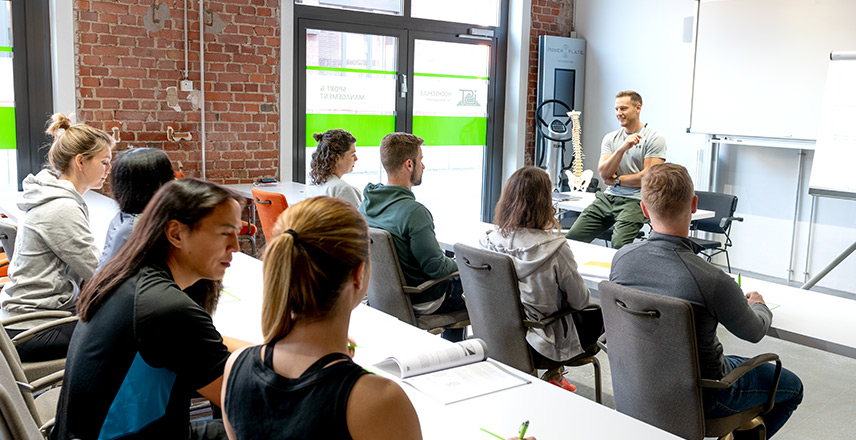Jonas Böhme absolvierte an der Deutschen Sporthochschule Köln (DSHS) den Bachelorstudiengang Sport und Gesundheit in Prävention und Therapie. Bereits während des Studiums engagierte er sich in der Onkologie, insbesondere in bewegungstherapeutischen Programmen für pädiatrische Patienten, was in einer Mitarbeit der Arbeitsgruppe Sport und Krebs am Institut für Kreislaufforschung und Sportmedizin mündete.
Im Rahmen des Master-Studiengang Rehabilitation, Prävention und Gesundheitsmanagement (DSHS) mit gewählten Schwerpunkten in betrieblicher Gesundheitsförderung und betrieblichen Gesundheitsmanagements richtete er seinen Fokus endgültig auf den Bereich des BGMs. Diese vertiefte er im Rahmen seiner Mitarbeit im Kontext der Stiftungsprofessur Präventionsforschung an der DSHS.
Berufliche Stationen führten ihn anschließend in die Produktentwicklung (BGM-Kennzahlensysteme) und den Vertrieb eines Medizintechnik-Start-Ups sowie in die Betreuung von Key-Accounts eines Instituts für Betriebliche Gesundheitsberatung, wo er die Vertriebssteuerung und Strategieentwicklung verantwortete. Seit Mai 2023 ist er beim Bundesverband Betriebliches Gesundheitsmanagement (BBGM e.V.) tätig, bei dem er die strategische Weiterentwicklung und Ausrichtung des Verbandes vorantreibt, seit Oktober 2024 in der Funktion als Geschäftsstellenleiter („Tandemspitze“).
Bachelorthesis:
Auswirkungen des Aktivitätsniveaus auf die Krankheitsverarbeitung bei Mammakarzinom-Patientinnen auf dem Jakobsweg
Masterthesis:
Unmittelbarer Einfluss verschiedener Spektralfarben einer künstlichen Lichtexposition auf das Steroidhormon Cortisol bei gesunden Probanden.
Forschungsbereich:
Pädiatrische Onkologie, Gesundheitsförderung in Lebenswelten, Gesundheitsförderung im Betrieb, Stressinduktion und deren Auswirkungen auf den Körper.
Publikationen: Oschwald, Vanessa & Prokop, Aram & Böhme, Jonas & Greßler, Nadja & Harscheidt, Felicitas & Maas, Volker & Bloch, Wilhelm & Baumann, Freerk & Däggelmann (Beulertz), Julia. (2018). Limited Walking Abilities and Impaired Ankle Dorsiflexion Function in Children After Intense Cancer Treatment. Klinische Pädiatrie. 231. 10.1055/a-0804-1899.

